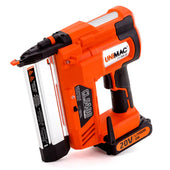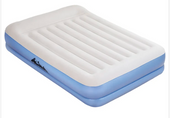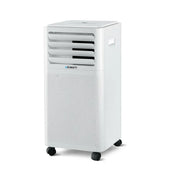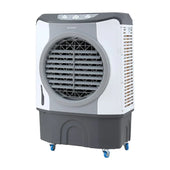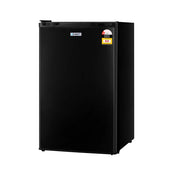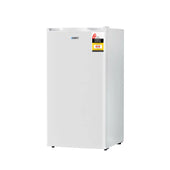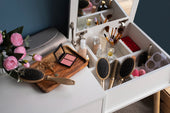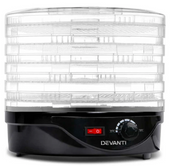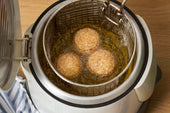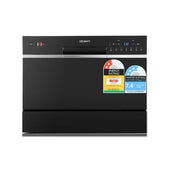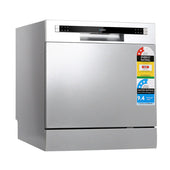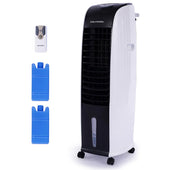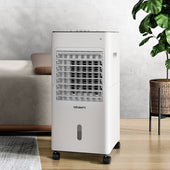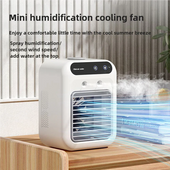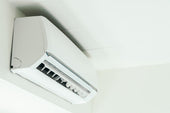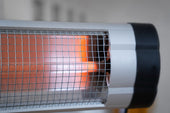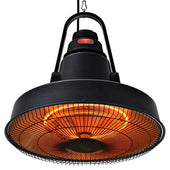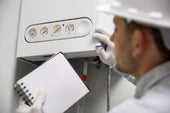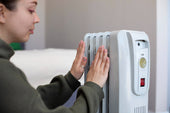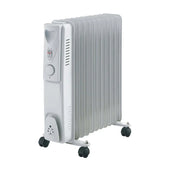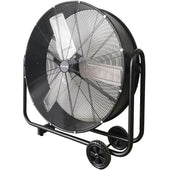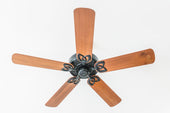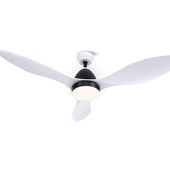Understanding Your Vanity Unit: Materials and Styles
Vanity units are crafted from a variety of materials, each with unique characteristics that affect maintenance and durability. Common materials include wood, MDF, and laminate. Wooden units, especially solid wood varieties, offer timeless aesthetics but require regular treatments to resist water damage. MDF and laminate are affordable options and feature a moisture-resistant surface for easier upkeep.
Styles vary from contemporary designs with glossy finishes to traditional units featuring intricate details like shaker doors. Consider the hardware, as handles and knobs can be metal, ceramic, or plastic. Each component demands specific cleaning care to preserve its finish and longevity.
Why Regular Cleaning and Maintenance Are Essential
Regular cleaning and maintenance of a vanity unit ensure its longevity and optimal appearance. Daily use exposes the unit to water splashes, toothpaste, make-up residues, and soap scum, which can accumulate if left unattended. Over time, this build-up may result in staining and discolouration, particularly on surfaces like wood or marble.
Unmaintained vanity units can also become breeding grounds for mould and bacteria due to damp environments. During days of neglect, Frequent cleaning reduces the risk of damage to fixtures, such as rusting hinges or deteriorating sealants. Preventative care, like tightening loose screws or reapplying sealant, avoids costly repairs and retains the unit’s functionality.
Daily Cleaning Tips to Keep Your Vanity Unit Spotless
Maintaining a clean vanity unit starts with a simple daily routine. Follow these tips to ensure your unit stays fresh and gleaming:
Steps to Tackle Daily Cleaning
- Wipe Surface Areas: Use a soft, damp cloth to remove toothpaste residue, water marks, or makeup spills. Microfibre cloths work best for delicate finishes.
- Clean the Sink: Rinse the basin thoroughly after each use to prevent buildup. A mild, non-abrasive cleaner helps eliminate soap scum without damaging the surface.
- Tidy Storage Spaces: Ensure drawers and cabinets are free of clutter by regularly placing items back in their designated spots.
- Polish Handles and Fixtures: Buff handles and taps with a dry cloth to keep them free of fingerprints and water spots.
Consistency is key to keeping your vanity unit spotless and well-maintained.
Removing Stubborn Stains Without Damaging Surfaces
Effective stain removal requires careful attention to preserve the surface of the vanity unit. Abrasive materials, such as steel wool or harsh scrubbing pads, should be avoided as they can scratch or dull finishes. Instead, opt for soft microfibre cloths that are gentle yet effective for cleaning.
For hard-to-remove stains, consider the following steps:
- Identify the surface material – This determines the type of cleaning agent to use. For instance, marble and granite require pH-neutral cleaners to prevent etching.
- Mix a solution – Mild dish soap with warm water often works for most surfaces.
- Apply gently – Dab the stain rather than scrubbing it.
For persistent marks, a paste of baking soda and water can be effective, but always perform a patch test beforehand to ensure compatibility. Avoid exposure to excessive moisture by wiping surfaces dry immediately after cleaning. Regular maintenance helps prevent stains from becoming deeply ingrained.
Deep Cleaning Your Vanity Unit: A Step-by-Step Guide
To deep clean your vanity unit thoroughly, follow these steps:
- Empty the Unit: Remove all items from the shelves, drawers, and countertops to ensure unhindered access.
- Dust and Vacuum: Use a microfibre cloth or a vacuum with a nozzle attachment to remove loose dust and debris.
- Prepare a Cleaning Solution: Mix warm water with a mild detergent or vinegar for an eco-friendly option. Test on a small area first.
- Clean Surfaces: Wipe down the countertop, handles, and drawers using a damp cloth soaked in the solution. Scrub stubborn spots gently.
- Handle the Basin: Scrub the sink and drain area to remove grime and mineral deposits. Rinse thoroughly.
- Tackle Mirrors: Apply a glass cleaner or a homemade mix of water and vinegar. Wipe with a lint-free cloth for a streak-free shine.
- Dry and Replace Items: Use a soft towel to dry all surfaces completely before organising items back into the vanity unit.
Best Cleaning Products for Different Vanity Unit Materials
Different materials require specific cleaning solutions to maintain their appearance and durability. Using the right products ensures longevity and prevents damage.
- Wooden Vanity Units: Use a damp microfibre cloth with a mild soap solution. Avoid excessive water to prevent warping and use specialised wood polishes for added protection.
- Ceramic or Porcelain Surfaces: Opt for non-abrasive bathroom cleaners. Avoid harsh chemicals like bleach to prevent discolouration.
- Glass Vanity Tops: A solution of equal parts water and vinegar works well. Use streak-free glass cleaners for a polished finish.
- Marble or Granite: pH-neutral cleaners are best. Steer clear of acidic solutions, which can cause surface etching.
- Laminate Units: Use a gentle detergent with warm water. Non-scratch sponges are ideal for removing dirt without damaging the surface.
Preventing Water Damage and Mould Build-Up
Proper care of a vanity unit ensures its longevity and maintains hygiene. To prevent water damage, it is essential to address leaks promptly, as pooling water can weaken the material. Seal edges and seams using waterproof silicone to create a barrier against moisture intrusion. Regularly wiping down surfaces with a dry cloth helps minimise trapped water. Avoid placing damp towels or toiletries directly on the unit.
To combat mould build-up, ensure adequate ventilation in the bathroom to reduce humidity levels. Use mould-resistant sealants and clean with anti-fungal solutions periodically. Inspect hidden areas, such as undersides or inside cabinets, for signs of mildew development.
How to Maintain Drawer Tracks, Hinges, and Other Hardware
Proper maintenance of drawer tracks, hinges, and hardware ensures smooth operation and longevity. Follow these steps for effective care:
- Clean Regularly: Use a soft cloth to wipe tracks, hinges, and hardware, removing dust and grime. For tougher debris, a mild solution of soapy water may be helpful.
- Lubricate Moving Parts: Apply a silicone or graphite lubricant to drawer tracks and hinges to minimise friction. Avoid oil-based options that could attract dirt.
- Inspect for Wear: Regularly check for signs of rust, loose screws, or misaligned components, addressing issues promptly.
- Tighten Screws: Use a screwdriver to re-secure loose screws and hinges to prevent further damage.
- Replace Damaged Hardware: Faulty tracks or hinges should be replaced with compatible, high-quality alternatives.
Proper care prevents noise, ensures smooth functionality, and extends the hardware’s lifespan.
Quick Fixes for Common Vanity Unit Issues
- Stubborn Stains on Surfaces: A mixture of baking soda and water can effectively break down tough stains. Apply gently with a soft cloth, avoiding abrasive pads that may damage finishes.
- Loose Drawer Handles: Tighten screws with a screwdriver to secure wobbly handles. If screws are stripped, replace with slightly larger ones for a firmer hold.
- Clogged Basin Drains: Pour equal parts vinegar and baking soda down the drain, followed by hot water after a few minutes to clear blockages.
- Squeaky Hinges on Cabinet Doors: Use a silicone-based lubricant to eliminate noise and ensure smooth operation.
- Water Damage on Wooden Units: Sand the affected area lightly, then apply a wood filler or sealant to restore durability.
How to Protect Your Vanity Unit from Scratches and Wear
To maintain your vanity unit’s longevity, several measures can be taken to guard against scratches, dents, and wear.
- Use Protective Mats or Pads: Place rubber or felt mats beneath frequently used items. These prevent accidental scrapes caused by movement.
- Avoid Abrasive Cleaners: Choose mild, non-abrasive cleaning products, as harsh chemicals can erode the surface finish.
- Apply Top Coats or Sealants: A protective sealant helps shield the vanity unit from water damage and daily scuffs.
- Limit Heavy Weight Storage: Overloading drawers or cabinets can stress hinges and cause wear.
- Regular Inspection: Periodically check for damages, ensuring prompt repair of minor scratches before they deepen.
- Careful Handling of Sharp Objects: Keep razors, scissors, and similar objects in cases to avoid accidental gouges.
Eco-Friendly Cleaning and Maintenance Practices
Adopting sustainable practices for cleaning and maintaining a vanity unit can help conserve resources and reduce environmental impact. Use biodegradable, non-toxic cleaning products free from harsh chemicals to protect both the surface and environment. Natural alternatives, such as vinegar and baking soda, can effectively remove stains and grime.
Opt for reusable cleaning tools like microfibre cloths to minimise waste. Regularly inspect for leaks or water wastage to promote efficient resource use. Recycle any disposable packaging from maintenance products responsibly. To maintain air quality, consider ventilating the bathroom instead of relying on chemical air fresheners. These steps ensure a clean and eco-conscious approach.
Seasonal Maintenance Checklist for Your Vanity Unit
Performing seasonal maintenance on your vanity unit ensures its longevity and keeps it looking its best. Regular upkeep prevents build-up of grime, mould, and damage caused by changing environmental conditions. Follow these steps to maintain your unit effectively:
Spring
- Inspect for water damage or leaks, especially near sinks and faucets.
- Deep clean all surfaces using a non-abrasive cleaning solution.
- Check for rust on hinges or handles and address any issues promptly.
Summer
- Ventilate the bathroom to minimise humidity and condensation.
- Tighten or replace loose hardware, such as knobs and runners.
- Polish mirrors and glass for a sparkling finish.
Autumn
- Inspect caulking around sinks and reapply if cracking or peeling.
- Remove accumulated dust from hard-to-reach corners.
- Treat wooden surfaces with a protective wax or cleaner.
Winter
- Ensure pipes and plumbing are insulated to avoid freezing damage.
- Use moisture absorbers to prevent excessive dampness.
- Test all lighting components around the vanity for proper functioning.
When and How to Consider Replacing Your Vanity Unit
A vanity unit may reach the end of its functional or aesthetic life, prompting the need for replacement. Homeowners should evaluate the following scenarios:
- Water Damage or Warping: When persistent moisture leads to warped wood or peeling finishes.
- Structural Instability: If the vanity becomes wobbly or unsafe to use.
- Outdated Style: When the design no longer aligns with the bathroom's decor.
- Storage Needs: Insufficient storage space may necessitate upgrading to a larger unit.
- Plumbing Upgrades: A new sink style or plumbing work might call for a replacement.
Assess costs, functionality, and installation challenges when choosing a new vanity. Consulting a professional can also ensure proper fit and longevity.







